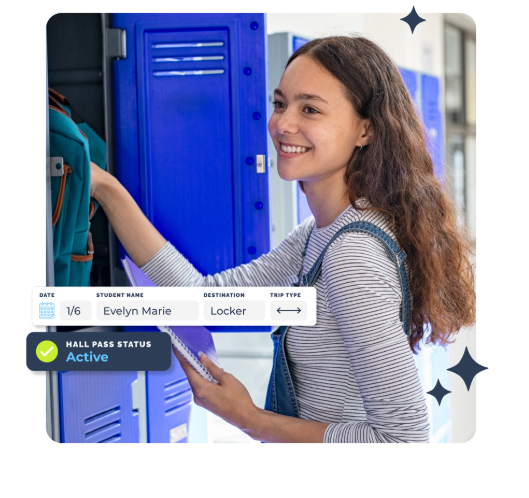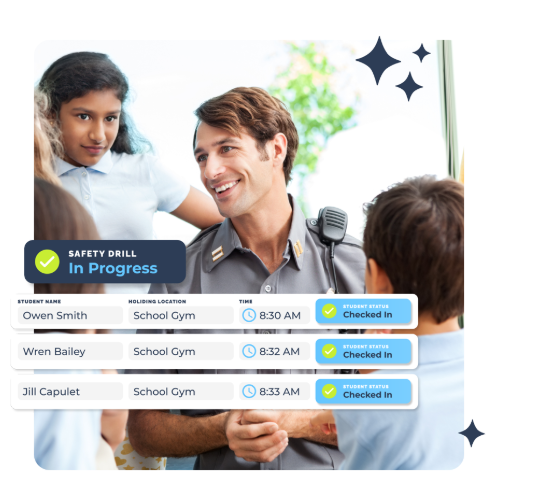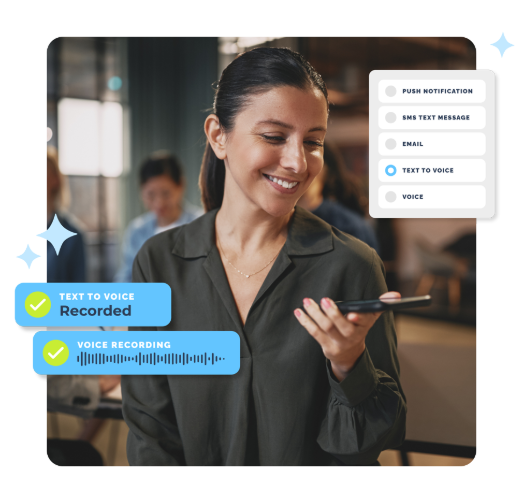
In an era where nearly every aspect of school life is becoming digital—from grading systems to parent-teacher communication—it’s time to ask: why are many schools still relying on paper hall passes?
Traditional paper passes are outdated, prone to misuse, and offer little to no visibility for school staff. As schools seek smarter ways to manage student movement and enhance security, digital hall pass system are emerging as a game-changing solution. By integrating with a school messaging app, these tools not only streamline hall monitoring but also improve communication, safety, and accountability across campus.
Let’s explore why now is the time to say goodbye to paper passes—and how your school can benefit from going digital.
What Is a Digital Hall Pass System?
A digital hall pass for schools is a software-based platform that allows students and staff to manage hallway movement electronically. Instead of using physical slips or notebooks, students request and receive passes through a web or mobile interface. Teachers can approve, track, and monitor these requests in real-time.
Most digital hall pass systems include features like:
Time tracking
Destination selection
Pass limits
Staff alerts for unusual activity
Analytics and usage reports
Integration with school messaging apps
These systems are accessible via Chromebooks, tablets, smartphones, or desktop computers, making them easy to implement in classrooms of all sizes.
Why Paper Passes Don’t Cut It Anymore
Here are just a few reasons why traditional hall passes are falling short:
Easy to forge or lose
No real-time tracking
Lack of visibility for administrators
No analytics or record-keeping
Unsanitary and wasteful
In contrast, digital systems offer transparency, accountability, and efficiency—all critical components of modern school management.
Top Benefits of a Digital Hall Pass System
1. Enhanced Student Safety
Digital hall pass systems allow staff to monitor who is out of class and where they’re supposed to be—in real time. If there’s a safety concern or emergency, administrators can quickly account for all students, improving response time and reducing risk.
2. Improved Accountability
Every pass request is time-stamped and logged, preventing students from abusing the system. Teachers and staff can set parameters such as maximum time out, restricted areas, or specific times when passes aren’t allowed (e.g., during testing).
3. Real-Time Visibility
Administrators and security personnel can see all active hall passes at a glance, reducing the risk of students wandering aimlessly or congregating in unsupervised areas.
4. Integration with School Messaging Apps
When paired with a school messaging app, the system becomes even more powerful. For example:
Staff can receive alerts if a student is out for too long.
Parents can be notified if their child leaves class frequently.
Office staff can communicate with teachers directly about student movements.
5. Reduced Classroom Disruption
Instead of interrupting class to fill out paper passes, students can request passes silently through their devices. Teachers approve with a click—saving time and maintaining focus on instruction.
6. Data-Driven Insights
Administrators can analyze pass data to:
Identify frequent flyers
Spot patterns (e.g., students leaving during the same class each day)
Implement interventions for at-risk students
Improve hallway supervision strategies
7. Customization and Flexibility
Schools can configure the system based on their unique needs—setting rules for how many passes a student can use per day, restricting pass creation during exams, or designating certain areas as off-limits.
Use Cases in Daily School Life
Digital hall pass systems aren’t just about going paperless—they solve real, everyday problems:
Bathroom breaks: Set time limits to prevent loitering.
Nurse visits: Track how often a student reports to the health office.
Counselor appointments: Automatically log and verify pass usage.
Group movements: Monitor multiple students going to the same destination.
Library access: Set daily or weekly limits for elective visits.
In every case, the digital system offers more control, better insights, and smoother coordination.
How It Integrates with Other School Technologies
A major advantage of digital hall pass systems is their ability to work alongside other tools, especially school messaging apps and student information systems (SIS).
For example:
Two-way messaging: A student requests a hall pass and the teacher gets a notification via the school’s messaging app.
Automated alerts: The front office receives a message when a student is out for more than 10 minutes.
Parent communication: If a student is repeatedly using hall passes to avoid class, a message can be sent home automatically.
This level of integration boosts communication between students, teachers, administrators, and parents—making the entire school ecosystem more efficient and connected.
Digital Hall Pass vs. Traditional Hall Pass: A Quick Comparison
FeatureTraditional PassDigital Hall PassReusableNoYesTrackableNoYesSecureLowHighCustomizableNoYesData ReportingNoneAdvanced analyticsParent AlertsNoYes (via school messaging app)Real-Time MonitoringNoYesEnvironmentally FriendlyNoYes
Addressing Common Concerns
“Won’t this distract students?”
No more than traditional hall passes. In fact, digital systems reduce class interruptions since students don’t need to leave their seat or speak out loud to request a pass.
“What if the Wi-Fi goes down?”
Most systems have offline modes or backup procedures. Plus, schools can designate alternative processes for emergencies.
“Is student data secure?”
Yes—reputable providers comply with FERPA and COPPA, use encrypted transmissions, and allow administrators to control data access.
Best Practices for Implementation
To get the most out of your digital hall pass system:
Train Staff and Students: Make sure everyone knows how to use the system correctly and understands the rules.
Set Clear Policies: Define limits, access times, and consequences for misuse.
Use Analytics Proactively: Review usage reports regularly to catch behavioral trends early.
Communicate with Parents: Let families know how the system works and how it benefits student safety and learning.
Integrate with Messaging Tools: Pair the system with a school messaging app for optimal communication and oversight.
Conclusion: The Future of Hallway Management is Digital
The days of hand-written paper passes, confusion about student whereabouts, and reactive discipline are coming to an end. A digital hall pass for schools is a modern, smart solution that improves not only safety and accountability but also communication and school climate.
By integrating your digital hall pass system with a school messaging app, you create a seamless experience where every stakeholder—students, staff, and parents—stays informed, connected, and secure.
Whether you’re a school administrator looking to reduce disruptions or a teacher seeking better classroom control, going digital isn’t just a tech trend—it’s a strategic move toward a more efficient and safe learning environment.
Frequently Asked Questions (FAQ)
1. What is a digital hall pass system?
It’s an online platform that allows schools to manage student hallway movement electronically, improving tracking, accountability, and safety.
2. How does it improve classroom management?
Students can request passes silently, and teachers can approve or deny them without disrupting class. This reduces downtime and distractions.
3. Can it be used on mobile devices or Chromebooks?
Yes. Most systems are cloud-based and accessible via any device with internet access.
4. How does it integrate with a school messaging app?
Alerts, approvals, and time-limit notifications can be sent directly through the messaging app to staff, students, and even parents.
5. Is it secure and FERPA compliant?
Reputable digital hall pass platforms prioritize data privacy and comply with regulations like FERPA and COPPA.









Write a comment ...